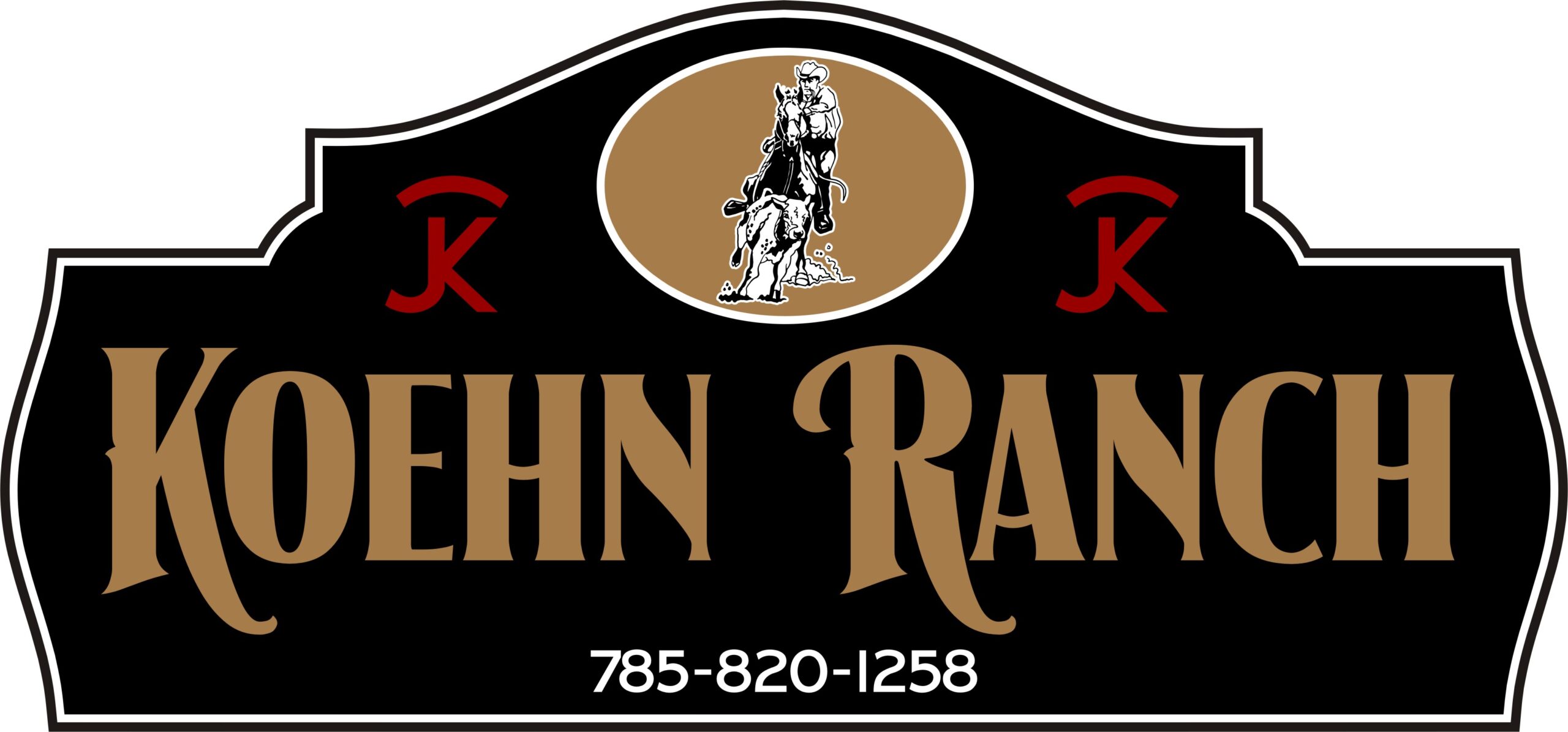Horse owners and riders know that keeping their equine partners healthy and sound is a top priority. One important aspect of horse care is ensuring proper hoof balance. Specifically, addressing hind hoof balance issues can have a significant impact on a horse’s overall health and performance. In this blog, we will explore the importance of hind hoof balance, how to identify imbalances, and how correcting them can help fix whole-horse issues.
Why Hind Hoof Balance Matters
The hind hooves of a horse play a critical role in their overall soundness and performance. Hind legs are responsible for pushing a horse forward, and an imbalance in hind hoof can lead to a range of problems, including lameness, discomfort, and reduced performance. A balanced hind hoof ensures that the weight of the horse is evenly distributed and that the hind leg joints are aligned correctly. A horse with an unbalanced hind hoof may experience strain on their joints and muscles, leading to pain and reduced mobility.
Identifying Hind Hoof Imbalances
Identifying hind hoof imbalances requires a keen eye and careful observation. Common signs of hind hoof imbalances include.
Uneven Wear
Uneven wear on the hoof, such as a more worn inside or outside edge, can indicate an imbalance.
Uneven Leg Length
Comparing the length of a horse’s hind legs can reveal an imbalance. A horse with an unbalanced hind hoof may stand with one leg slightly shorter than the other.
Abnormal Movement
If a horse moves abnormally, such as dragging their hind toes or failing to track up, it may be a sign of hind hoof imbalance.
Muscle Atrophy
A horse with an unbalanced hind hoof may develop muscle atrophy in their hindquarters due to compensating for the imbalance.
Correcting Hind Hoof Imbalances
Correcting hind hoof imbalances requires the expertise of a skilled farrier or veterinarian. The first step is identifying the specific issue and developing a plan to correct it. Common methods for correcting hind hoof imbalances include.
Trimming and Shoeing
A farrier can trim and shoe the horse’s hooves to address imbalances and promote even weight distribution.
Exercise and Conditioning
Specific exercises and conditioning programs can help a horse develop the muscles necessary to support proper hind hoof balance.
Nutrition
A balanced diet can help ensure that a horse has the nutrients necessary to support hoof health.
Chiropractic Care
In some cases, chiropractic adjustments may be necessary to correct joint misalignments that are contributing to hind hoof imbalances.
Fixing Whole-Horse Issues by Correcting Hind Hoof Imbalances
Fixing hind hoof imbalances can have a profound impact on a horse’s overall health and performance.
By promoting proper weight distribution and reducing strain on joints and muscles, correcting hind hoof imbalances can lead to improved mobility, reduced pain, and increased comfort. Additionally, addressing hind hoof imbalances can help prevent other issues, such as back pain and hock problems, that can arise from compensating for an imbalance, Ask the expert to make Correcting Hind Hoof Balance and safe for your Horses.
Correcting hind hoof balance is a crucial aspect of horse care that can have significant benefits for a horse’s overall health and performance. Identifying hind hoof imbalances requires careful observation and the expertise of a skilled farrier or veterinarian. By correcting hind hoof imbalances, horse owners and riders can help their equine partners lead healthy, happy lives.
